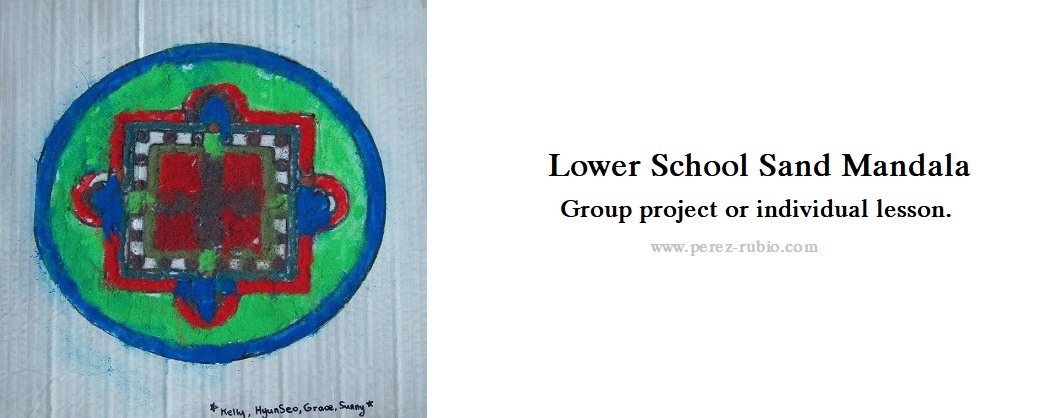

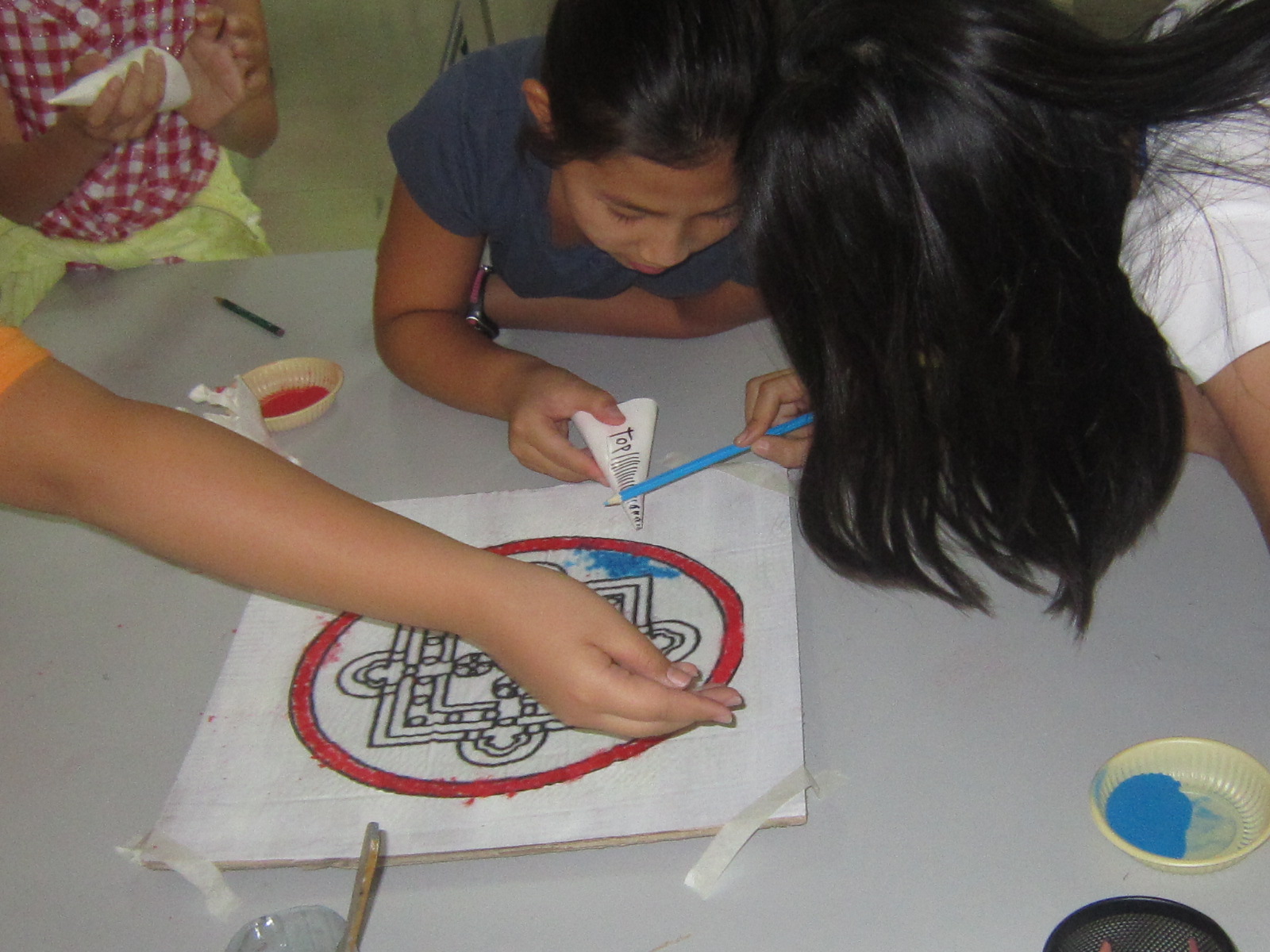 ...
...

A Mandala is a kind of World Map. Tibetan Mandala Sand Painting is particularly reminiscent of the "compass" or "directional"
paintings of the Native Americans. It can also be connected to 20th Century Abstract Expressionism through Jackson Pollock and Early Modern Art
in its meaningful Geometry. There are examples of Sand Painting in Australian Aboriginal Art, as well as in other places in Asia. Maybe because they
had so much sand, the art style is not very prevalent in Middle Eastern Art, but there are other examples of colored sand used as a decorative element
in Greek, Roman, and Egyptian Art.
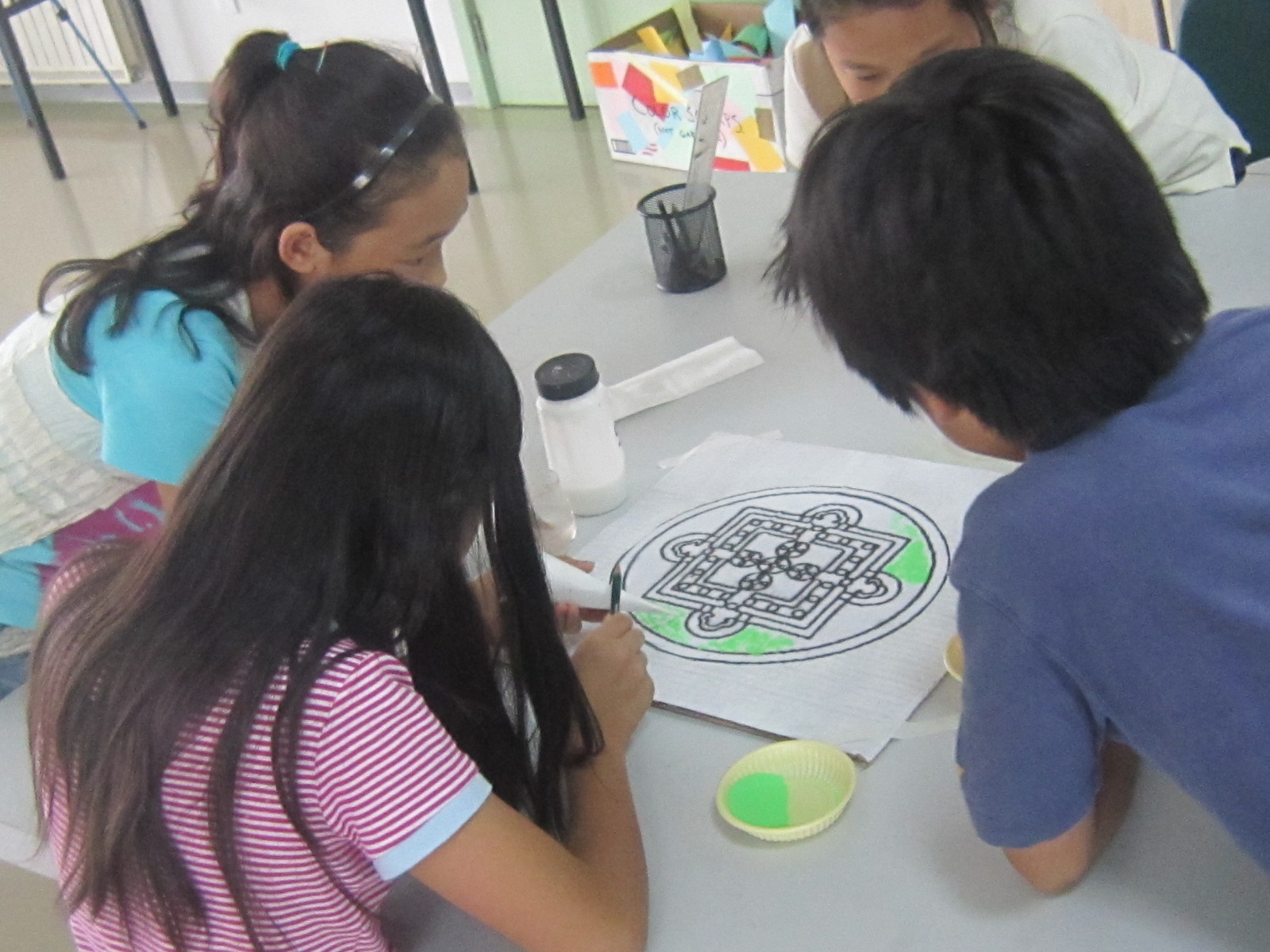
Tibetan Mandala Sand Painting persists despite the efforts of Communist China to subvert and meddle in Tibetan Buddhism
since 1959. Tibetan Mandala Sand Painting cannot be appropriated, sanitized or destroyed by the PRC. Karma is a great teacher,
and this art form, and the Buddhist Teachings it represents, will long outlast Communism - even with new and improved Chinese Characteristics.
Politics aside, this is a wonderful lesson that overlaps with other traditional sand painting art forms around the world.
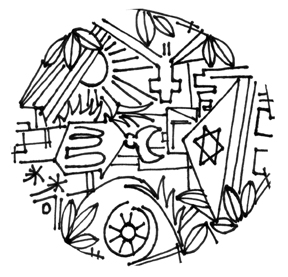
[Free Template for a Coexistence Mandala]
Please Help End Chinese Occupation of Tibet.
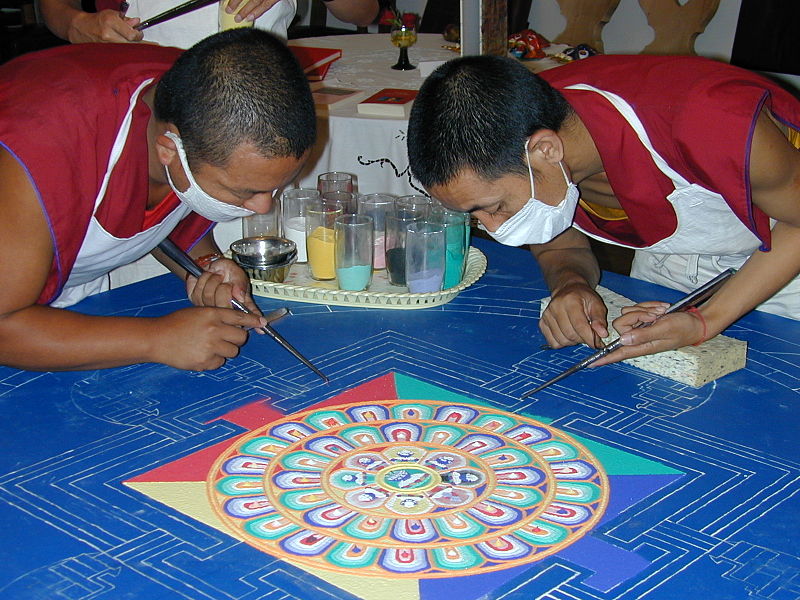
Tibetan Sand Mandala Painting Meditation with a Reggio Emilia curriculum approach using native materials and locally found objects to
explore cultural expression in Art Education. |
|